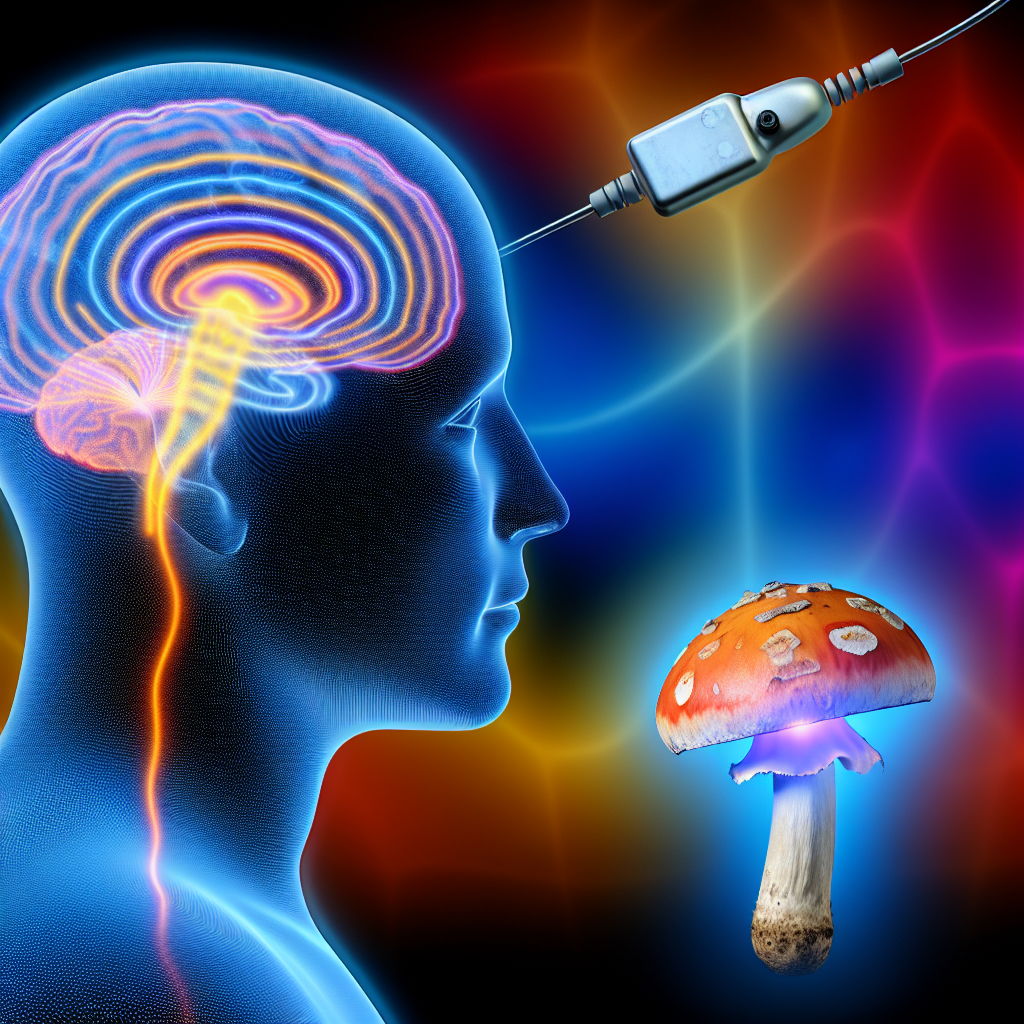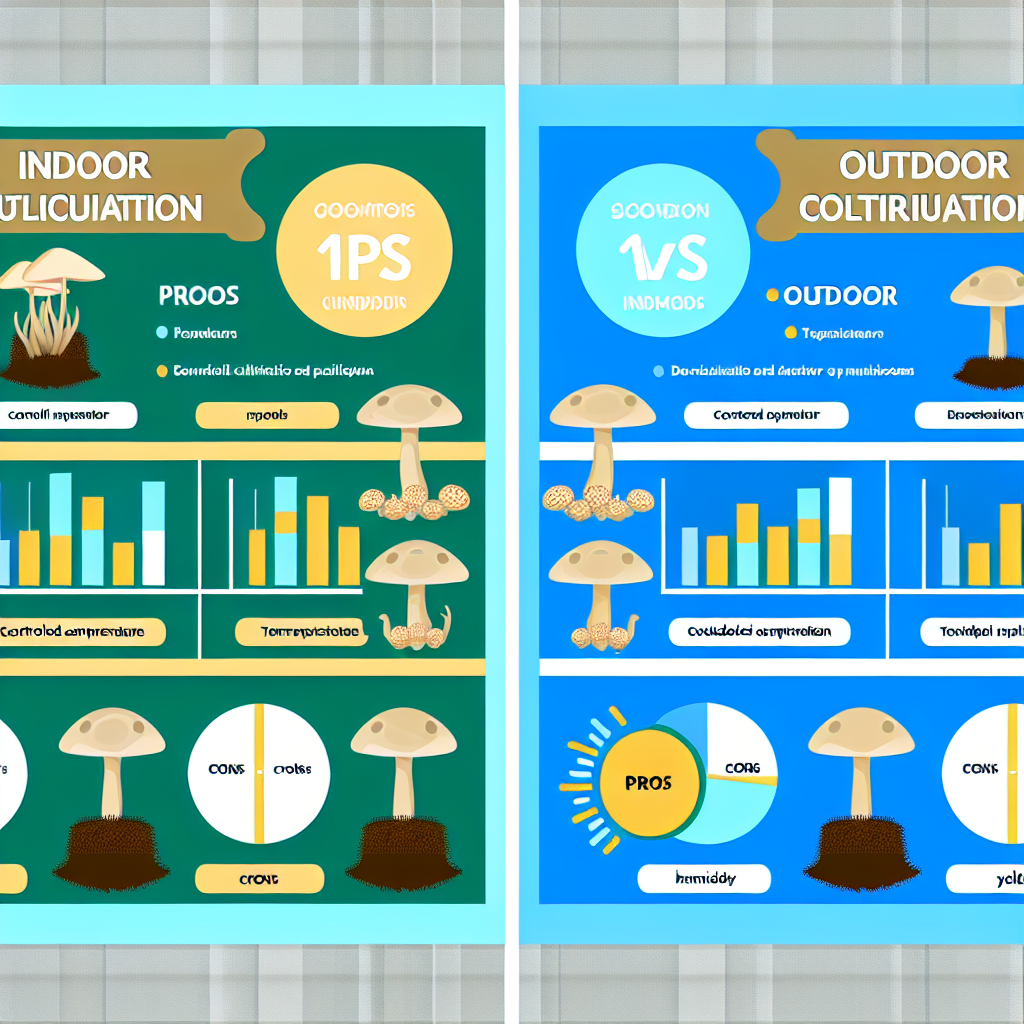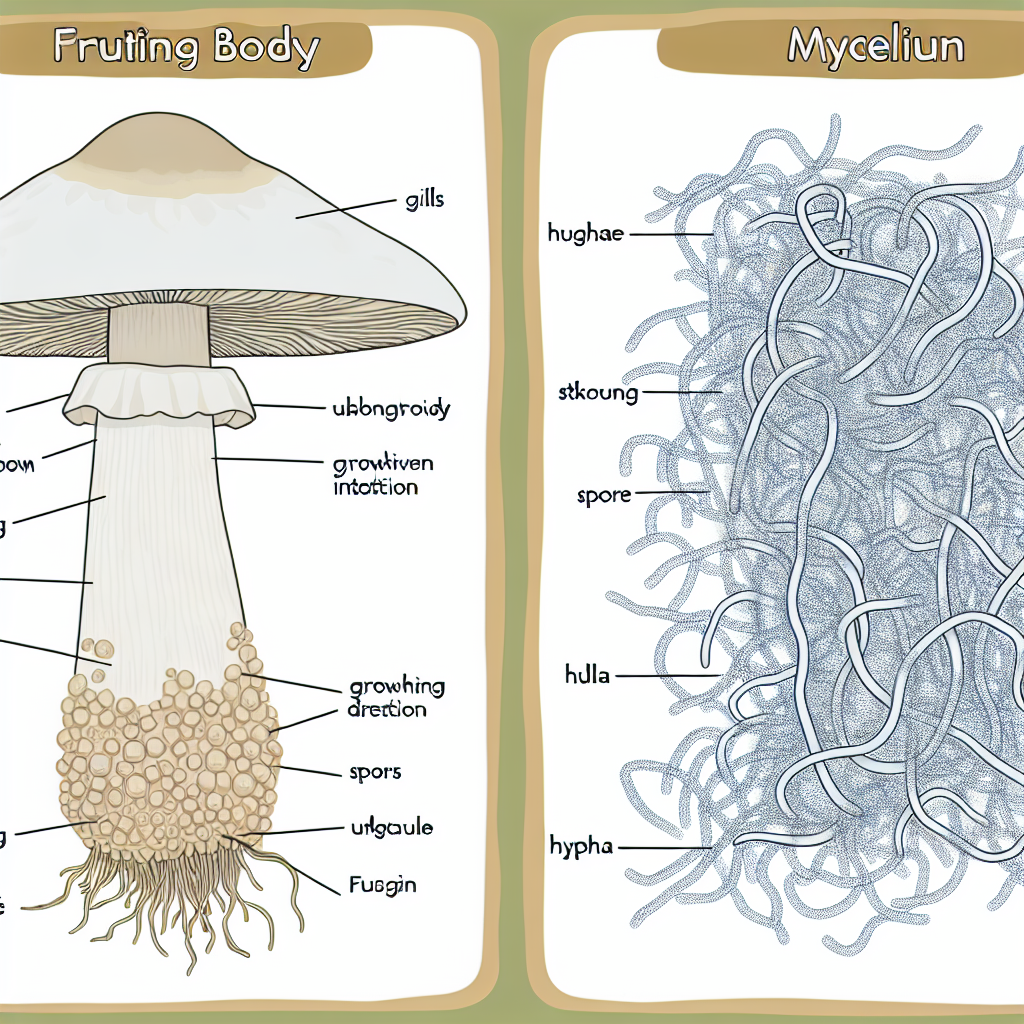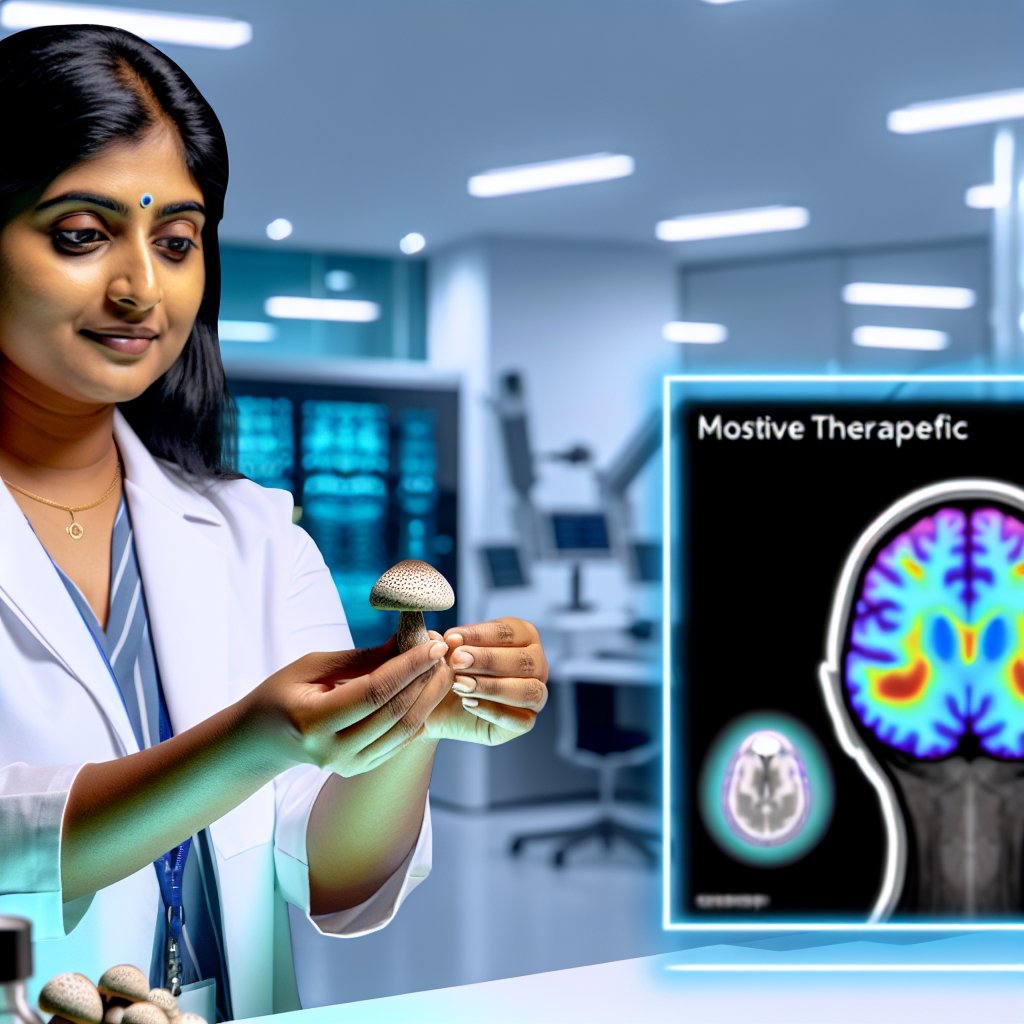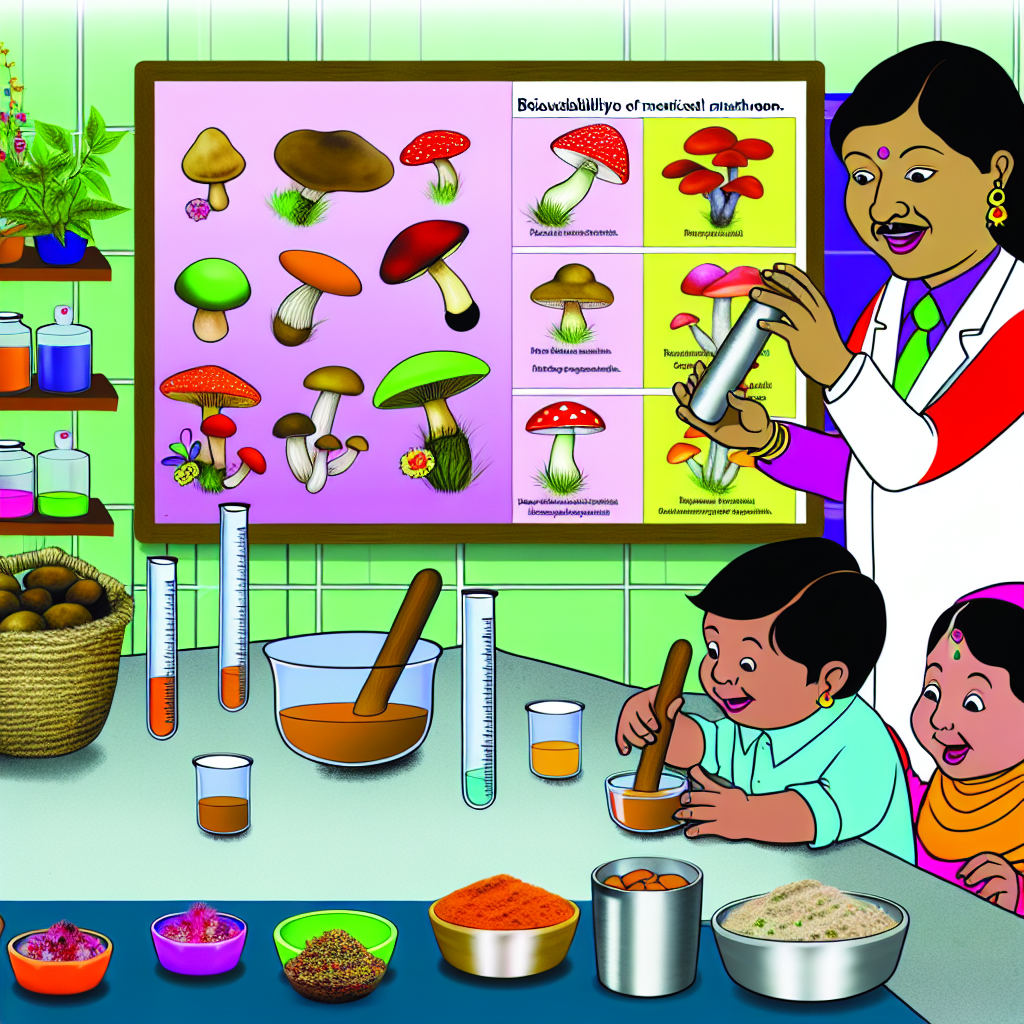Here is the blog post with the requested changes:
Transcranial Magnetic Stimulation with Psilocybin: The Future of Mental Health Therapy?
**Introductory Summary:**
A new wave of mental health innovation is emerging from the intersection of neuroscience and psychedelics. Discover how combining Transcranial Magnetic Stimulation (TMS) with psilocybin-assisted therapy could transform the treatment of depression, PTSD, and more.
Introduction: A New Era in Mental Health Treatment
The field of mental health treatment is undergoing a paradigm shift. Decades of reliance on antidepressants and traditional psychotherapy are gradually being augmented by innovative therapies that target the brain in novel ways. Among the most intriguing developments in this space is the combination of Transcranial Magnetic Stimulation (TMS) and psilocybin-assisted therapy. Each modality alone has demonstrated promising results in treatment-resistant depression, major mood disorders, PTSD, and even obsessive-compulsive disorder (OCD). When combined, their synergistic potential may offer a revolutionary pathway toward more effective, lasting psychological healing.
Transcranial Magnetic Stimulation is a non-invasive neuromodulation technique that uses magnetic pulses to stimulate specific regions of the brain. Approved by the FDA for treatment-resistant depression, TMS primarily targets the dorsolateral prefrontal cortex to modulate neural activity. It has the advantage of being free from systemic side effects commonly associated with medications and is gaining popularity as both a standalone and adjunct therapy for various psychiatric conditions.
Psilocybin, on the other hand, is a naturally occurring psychedelic compound found in certain species of mushrooms. Once stigmatized, psilocybin is now being viewed through a scientific lens for its neuroplastic, anti-inflammatory, and psychological benefits. Studies at leading institutions like Johns Hopkins University and Imperial College London have shown that a single guided session with psilocybin can lead to significant and persistent reductions in depression and anxiety, especially when combined with psychotherapy.
What makes the combined use of TMS and psilocybin fascinating is the possibility that they may enhance each other’s neurobiological effects. Psilocybin works by stimulating the brain’s serotonin 2A receptors, often in the default mode network (DMN), leading to cognitive “rewiring” and increased brain connectivity. Meanwhile, TMS can modulate brain circuits, enhancing neural plasticity and potentially preparing the brain for deeper engagement with the therapeutic psilocybin experience. By priming specific areas with TMS either before or after a psilocybin session, practitioners may one day create customized protocols that offer superior efficacy for patients who have not responded to conventional or singular treatments.
This emerging therapy could redefine clinical protocols and offer relief to millions suffering from severe mental health challenges. In this article, we explore the current understanding of this novel combination and present the latest research supporting its potential.
Synergy in Action: Features and Clinical Studies
The intersection between TMS and psilocybin is only beginning to be formally studied, but early results and theoretical models already provide compelling evidence for their combined potential.
A groundbreaking 2021 study published in the journal Neuropsychopharmacology reviewed the role of neuroplasticity in both psilocybin and TMS. The review proposed that both treatments independently enhanced synaptic growth and connectivity in mood-regulating regions of the brain, such as the prefrontal cortex and hippocampus. Importantly, both modalities stimulate brain-derived neurotrophic factor (BDNF), an essential protein involved in long-term memory, learning, and brain repair. This suggests that coupling the two may offer an amplified neurotrophic effect.
In a pilot study run by the Beckley Foundation in collaboration with King’s College London, a small group of patients with major depressive disorder underwent psilocybin therapy followed by maintenance TMS sessions over a six-week period. While the study has yet to be peer-reviewed in full, early reports suggest that the combination therapy led to faster symptom relief and longer-term remission rates compared to either treatment alone. Patients reported not only mood improvements but enhanced personal insights and emotional release, often citing the concurrent clarity provided by TMS as a facilitator of deeper psilocybin integration.
Additionally, a 2023 analysis from the Center for Psychedelic and Consciousness Research at Johns Hopkins mentioned the potential role TMS might play as a neuro-modulatory adjunct to psychedelics. The hypothesis is that targeted TMS sessions could either “open” or “stabilize” certain brain networks, like the DMN or salience network, either prior to or after a psilocybin session, effectively boosting therapeutic outcomes.
Furthermore, a double-blind, placebo-controlled study published in Frontiers in Psychology examined the safety and tolerability of paired TMS and low-dose psilocybin in healthy individuals. The findings indicated a high degree of safety, tolerability, and an increase in emotional resilience markers, providing a foundation for future studies in clinical populations. The study also hinted at reduced anxiety responses during psychedelic experiences when preceded by TMS, suggesting that brain priming might also aid in reducing ‘bad trips’ and increasing emotional regulation.
One of the proposed mechanisms for this synergy is the timing effect. Researchers postulate that delivering TMS immediately before or during the psilocybin experience may enhance the acute cognitive flexibility induced by the psychedelic state. Alternatively, post-session TMS may help “lock in” neuroplastic changes, aiding in the long-term rewiring of maladaptive thought patterns.
As clinical interest grows, institutions such as the Multidisciplinary Association for Psychedelic Studies (MAPS) and Brain Stimulation journal are beginning to call for more randomized controlled trials. The goal: scientifically validated, protocol-driven integration of TMS and psychedelics into modern psychiatric care.
Conclusion: A New Paradigm in Healing the Mind
The combination of Transcranial Magnetic Stimulation and psilocybin therapy represents a bold and promising frontier in mental health treatment. Though still in the research phase, the available evidence suggests that merging these two high-impact modalities could result in deeper, more sustainable healing for patients with treatment-resistant conditions. As clinical trials expand and safety parameters are defined, we could be witnessing the emergence of a new standard in neuropsychiatric care—one that integrates modern technology with ancient medicine to unlock the full potential of the human mind.
References
– Beckley Foundation Research Overview: https://www.beckleyfoundation.org/research/
– Johns Hopkins Center for Psychedelic and Consciousness Research: https://hopkinspsychedelic.org/research
– Neuropsychopharmacology Review on Neuroplasticity Effects: https://www.nature.com/articles/s41386-021-01008-3
– Frontiers in Psychology Study: https://www.frontiersin.org/articles/10.3389/fpsyg.2023.1156784/full
– Imperial College London Psychedelic Research Centre: https://www.imperial.ac.uk/psychedelic-research-centre/

Dominic E. is a passionate filmmaker navigating the exciting intersection of art and science. By day, he delves into the complexities of the human body as a full-time medical writer, meticulously translating intricate medical concepts into accessible and engaging narratives. By night, he explores the boundless realm of cinematic storytelling, crafting narratives that evoke emotion and challenge perspectives. Film Student and Full-time Medical Writer for ContentVendor.com
